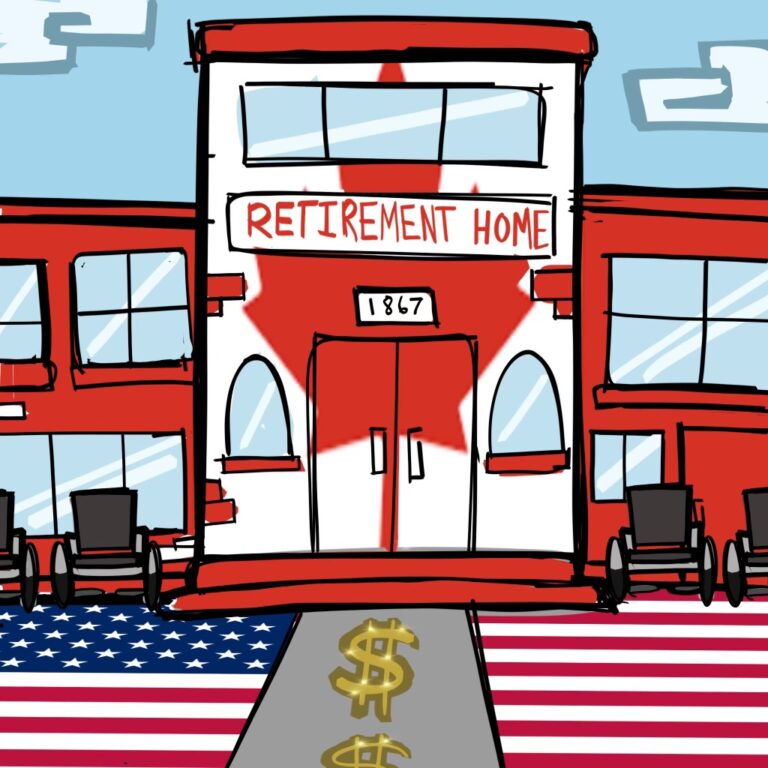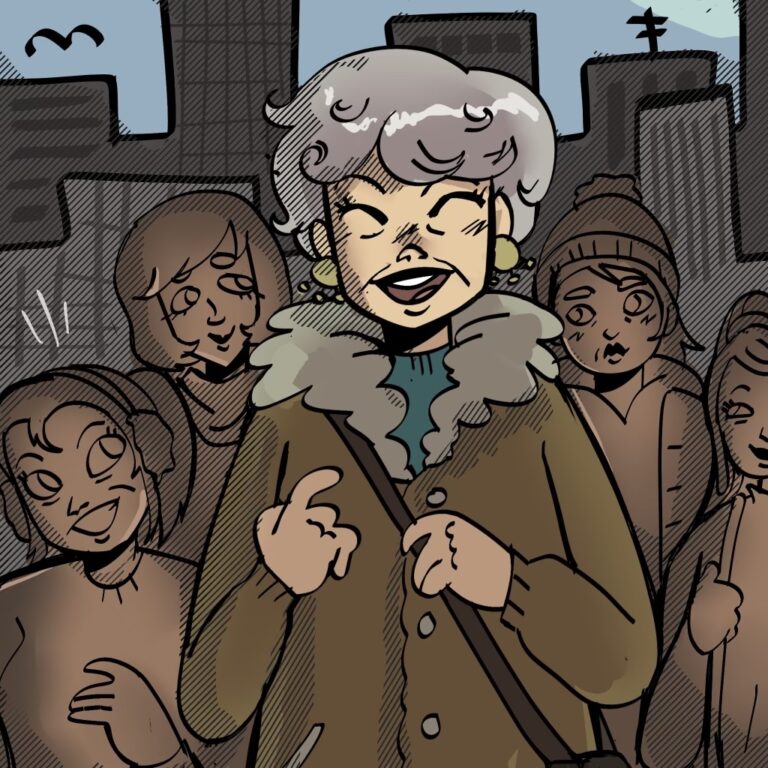Unfortunately they are not all created equal.
This is the first in a series of giving our readers an inside look at LTC’s. First up – Cooksville Care Centre
One of the things I love about working in this industry is meeting the amazing individuals who provide hands on care for seniors, they are, for the most part, truly amazing people doing very challenging work. 1 in 5 jobs in Canada today are caregiving jobs – a third more than manufacturing, nearly twice as many as construction or finance and 3 times as many as mining. (Source: P. Moss, The Atkinson Foundation Newsletter)
The purpose of this series is not to criticize the people who work in long term care facilities but to inform seniors and their families of the existing disparities between these places.
To recap:
In Ontario Long Term Care or “LTC” facilities differ from “Retirement Homes” in that the LTCs are for individuals requiring high levels of care and costs are subsidized by the government, whereas Retirement Homes are private, and residents pay 100% of the cost.
You can only become a resident in a LTC if the government deems you eligible because you are unable to manage 4 of the 5 activities of daily living (ADL’s). In Ontario those are defined as:
Basic Personal Care: Bathing, showering, personal hygiene, and maintaining oral care.
Mobility: Getting in and out of bed, chairs, or vehicles, and walking.
Dressing: Selecting and putting on clothes.
Feeding: Eating meals.
Toileting: Using the toilet and managing continence
LTCs are full service facilities and all care is included in the price. However, some people choose to hire additional private care to top up what is available given stretched caregiving resources in LTCs and the very complex care needs of most residents.
Retirement Homes, on the other hand, are most often large apartment buildings with meals, some housekeeping and extensive social opportunities included in the rental price. They also offer care and other amenities at an additional cost; whereas retirement homes usually offer simplified retirement living, they have since stepped up their care offerings due to demand.
Eligibility and access to Ontario Long Term Care facilities is managed by Ontario Health at Home (the third iteration of CCAC since 2007). All these facilities are subsidized by the Provincial Government and are all roughly the same price:
| Type of accommodation | Daily rate | Monthly rate |
| Long-stay Basic | $66.95 | $2,036.40 |
| Long-stay Semi-private | $80.72 | $2,455.24 |
| Long-stay Private | $95.65 | $2,909.36 |
| Short stay | $43.34 | N/A |
(Source: https://www.ontario.ca/page/paying-long-term-care)
In a recent visit to Lakeshore Lodge, I was told that their prices are slightly lower given that it is an older building. Also, it is important to note that since Covid – basic and semi-private accommodations are the same thing (there are no longer any ward beds), but the basic rate is reserved for lower income individuals.
Our rule of thumb is to focus on facilities that are owned and managed by the City or Region, a charitable foundation, religious organization or cultural community. They are generally better. The private for-profit facilities tend to be sub-optimal.
Case in point, our first review:
Cooksville – operated by Kindera Living – a private, family-owned business.
55 Queensway E in Mississauga
Truth be told, when I called to make an appointment to tour the facility, I was very impressed with the earnestness of the receptionist. She was extremely friendly and very helpful – then, when I was transferred to the extension belonging to our future tour guide, the phone was answered by yet another very helpful and friendly person, who booked in our tour for the next day. Extremely accommodating. I was genuinely impressed. Some contacted facilities required a half-dozen calls before actually speaking to a human.
I had been warned that the building was old – and therefore less appealing than some of the others. That is true. However, the look of the exterior was less significant than the concerns around its interior.

The first floor was not great. All the smiles and kindness of the people working there could not erase the reality that this facility has not been “refreshed” in a long, long time. Straight chairs around a tv set, a tiny trolley housing about 50 books was the “library” and every time a resident walked by the front desk, a piercing alarm rang until a staff member punched in a code to turn it off. And this happened a lot.
Between the outside unlocked front door and the inside locked front door was a wagon filled with medication bags.
We were shown into a dining room that was extremely basic. The other “great” room was “off limits” due to some outbreak of something. The explanation was very vague and disconcerting.
Mealtimes are the most important moments of the day for many people in care but unfortunately, dining here would not be something to look forward to. The overarching experience of the dining room was chaos. No tablecloths, no nothing – just a feeding trough.
Our guide helpfully pointed us toward the outdoor space with surprising enthusiasm. There was nothing to the outdoor space. There was some grass, a path and a chain link fence. This is not the norm.
However, nothing could have prepared us for the secured second floor and the environment where these dear people live and work. Every day.
People who have dementia present with all kinds of behaviours. Moaning, yelling, crying; these are to be expected. It’s understandable. Dementia comes with a ton of anxiety. Most places are designed to allow for quiet spaces or comfortable rooms where people can calm down or be alone with a caregiver or visitor.
Not at Cooksville.
Instead, we were greeted by a crowded wheelchair parking lot. Around the elevator, in a corner near a TV and all along the corridors…nothing but wheelchairs. It is interesting to note that their behavioural support unit (BSU) is not really separated from the rest of the secured floor, begging the question. How is this a BSU?
In fairness, there were a few people (3 or 4) in the secured floor dining room seemingly having an enjoyable time, however most of the residents of this floor were lined up waiting for the caregivers to attend them.
The walls were painted in what I can only describe as gulag green, and rooms (all semi-private) were cramped and uncomfortable with no room for anything other than the provided hospital bed. There was a window for one of the people living there, and 2 walls of claustrophobic curtain for the other.
The shared bathrooms featured what looked like a child size toilet. This would make it almost impossible for any adult to use. None of the beds were made, personal items were just jammed onto open shelves. In short it was the most depressing facility I have seen. And I have seen a lot of them.
No matter how hard our guide tried to polish this turd there was no way around the fact this this environment would send anyone to an early grave and coincidentally, this facility has the shortest waitlist I have seen to date.
Heads up, hospitals are pushing people to Cooksville (given the short wait list). All I can say is stay away. My heart breaks for the people who have no advocates and who end up there. Shame on you Kindera Living.
Oh, and fun fact, Linda Calabrese is the Chair of the Board of the Ontario Long Term Care Association – and she is the Senior VP of Operations of Kindera Living.
I wonder if she would have her loved ones live there.




